These phenomena are directly tied to the actions of central banks, such as the Federal Reserve (Fed), which influence the economy through tools like interest rates, money supply, and loans. This article explores these topics in detail and suggests ideal illustrations to help explain these complex ideas visually.
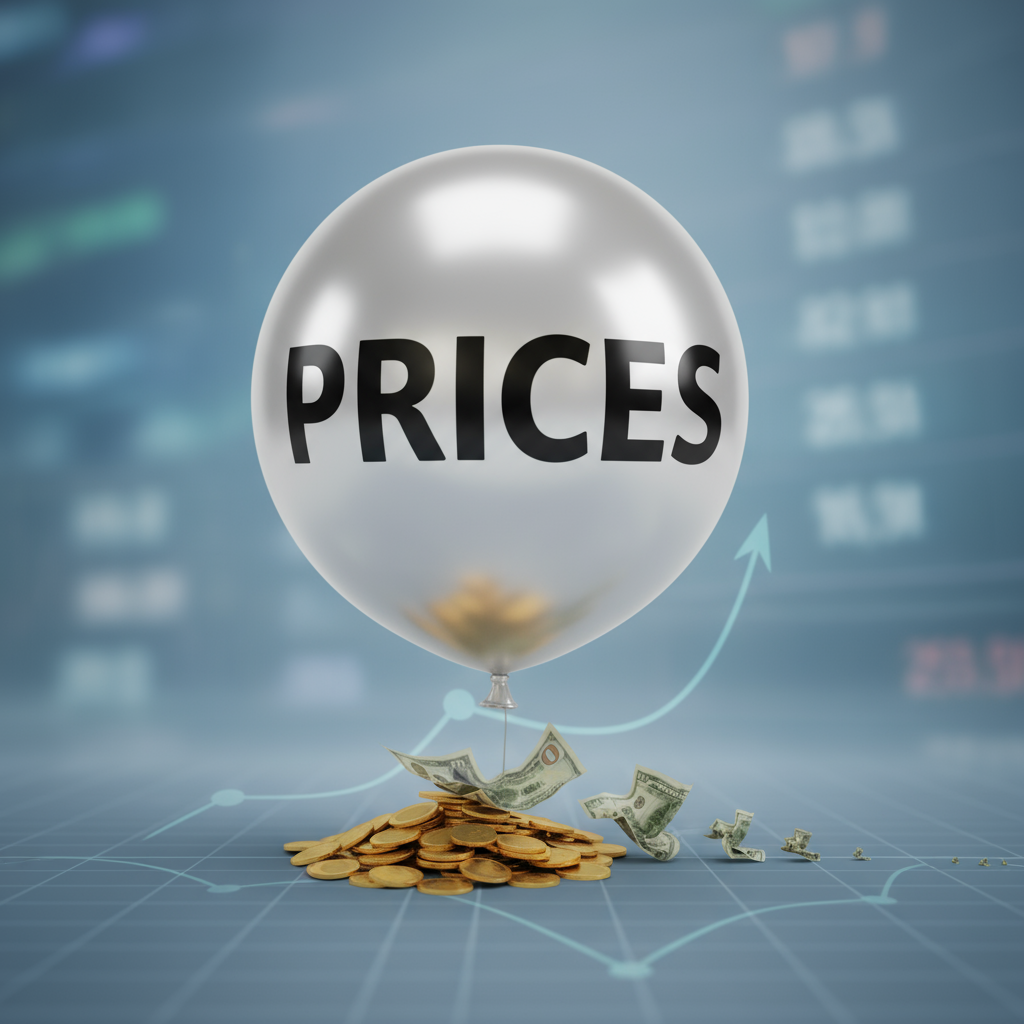
Inflation, deflation, and shrinkflation are vital economic concepts that shape our daily lives.

Inflation: What It Is and Why It Happens
Inflation is the rate at which the overall level of prices for goods and services rises over time, reducing the purchasing power of money.
Causes of Inflation
- Demand-Pull Inflation: When demand exceeds supply, prices rise. For example, during economic booms, people spend more money, leading to higher prices.
- Cost-Push Inflation: When production costs (e.g., raw materials or wages) increase, businesses raise prices to maintain profits.
- Monetary Inflation: When too much money is printed or injected into the economy, it reduces the value of each dollar.
Effects of Inflation
- Positive: Moderate inflation encourages spending and investment, as consumers expect prices to rise in the future.
- Negative: High inflation erodes the value of savings, reduces purchasing power, and makes goods and services more expensive.
Deflation: The Opposite of Inflation
Deflation occurs when the overall level of prices for goods and services falls, increasing the purchasing power of money.
Causes of Deflation
- Decreased Demand: When consumers and businesses cut back on spending, prices drop.
- Increased Supply: Surpluses, often due to overproduction or technological advancements, can drive prices down.
- Tight Monetary Policy: Reducing the money supply can lead to falling prices.
Effects of Deflation
- Positive: Consumers benefit from lower prices.
- Negative: Businesses earn less revenue, leading to wage cuts, layoffs, and economic stagnation.

Shrinkflation: Hidden Inflation
Shrinkflation is when companies reduce the size or quantity of a product while keeping the price the same. This is a subtle way to pass on rising costs to consumers without raising prices outright.
Examples of Shrinkflation
- A bag of chips containing fewer chips but appearing to be the same size.
- A bar of soap getting smaller but sold at the same price.
Why Companies Use Shrinkflation
- To maintain profit margins when production costs rise (e.g., due to inflation).
- To avoid scaring off customers with noticeable price increases.
Impact of Shrinkflation
- Consumers feel they are getting less value for their money.
- Over time, shrinkflation contributes to a perception of declining product value.
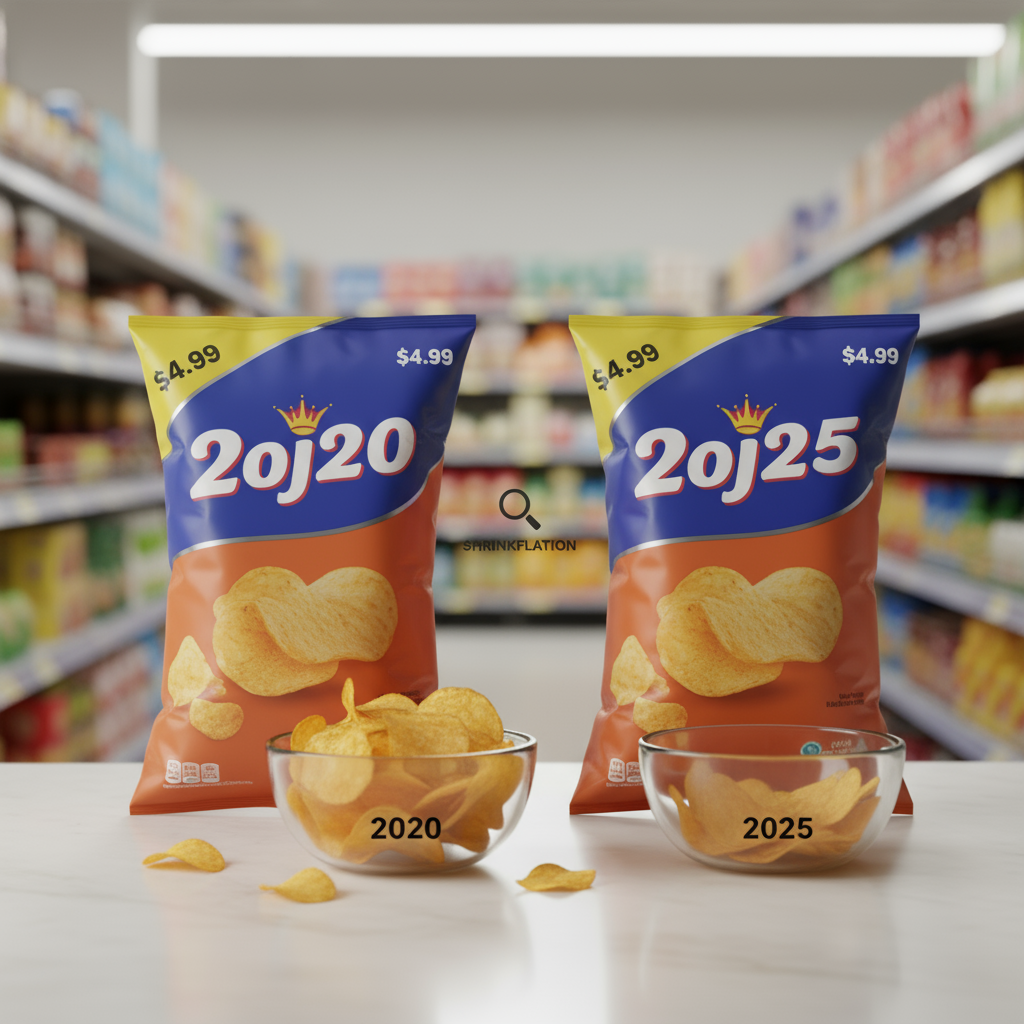
How Central Banks Influence Inflation and Deflation
Central banks, like the Federal Reserve (Fed), play a crucial role in managing inflation and deflation by controlling the money supply and interest rates.
How Money Is "Printed"
Central banks create money primarily through digital means and monetary policy operations:
- Open Market Operations (OMO): The Fed buys government bonds from banks, injecting money into the economy by crediting the banks' reserves.
- Quantitative Easing (QE): During crises, central banks purchase large amounts of long-term assets (e.g., bonds or securities) to inject liquidity into the economy.
- Fractional Reserve Banking: Commercial banks create additional money by lending out most of the deposits they receive, expanding the overall money supply.
Why Does the Fed Raise or Lower Rates?
The Federal Funds Rate is the interest rate at which banks lend to each other overnight. The Fed adjusts this rate to influence borrowing, spending, and inflation:
- Raising Rates:
- Makes borrowing more expensive.
- Reduces spending and demand, cooling inflation.
- Risk: Can slow the economy too much, leading to a recession.
- Lowering Rates:
- Makes borrowing cheaper.
- Encourages spending and investment.
- Risk: Can overstimulate the economy, causing excessive inflation.
Relation Between Central Banks and Inflation/Deflation
- If inflation is too high, central banks often raise rates and reduce the money supply to slow down the economy.
- If deflation occurs, central banks lower rates and increase the money supply to stimulate demand.
Caution
Trading and investing involve substantial risk and may not be suitable for every investor. You could lose some or all of your initial investment. Past performance does not guarantee future results.
High Risk Disclosure
Some financial instruments discussed here are highly speculative and may result in total loss of capital. Neither BearGain nor the author are responsible for any actions taken based on this article.
Related Articles
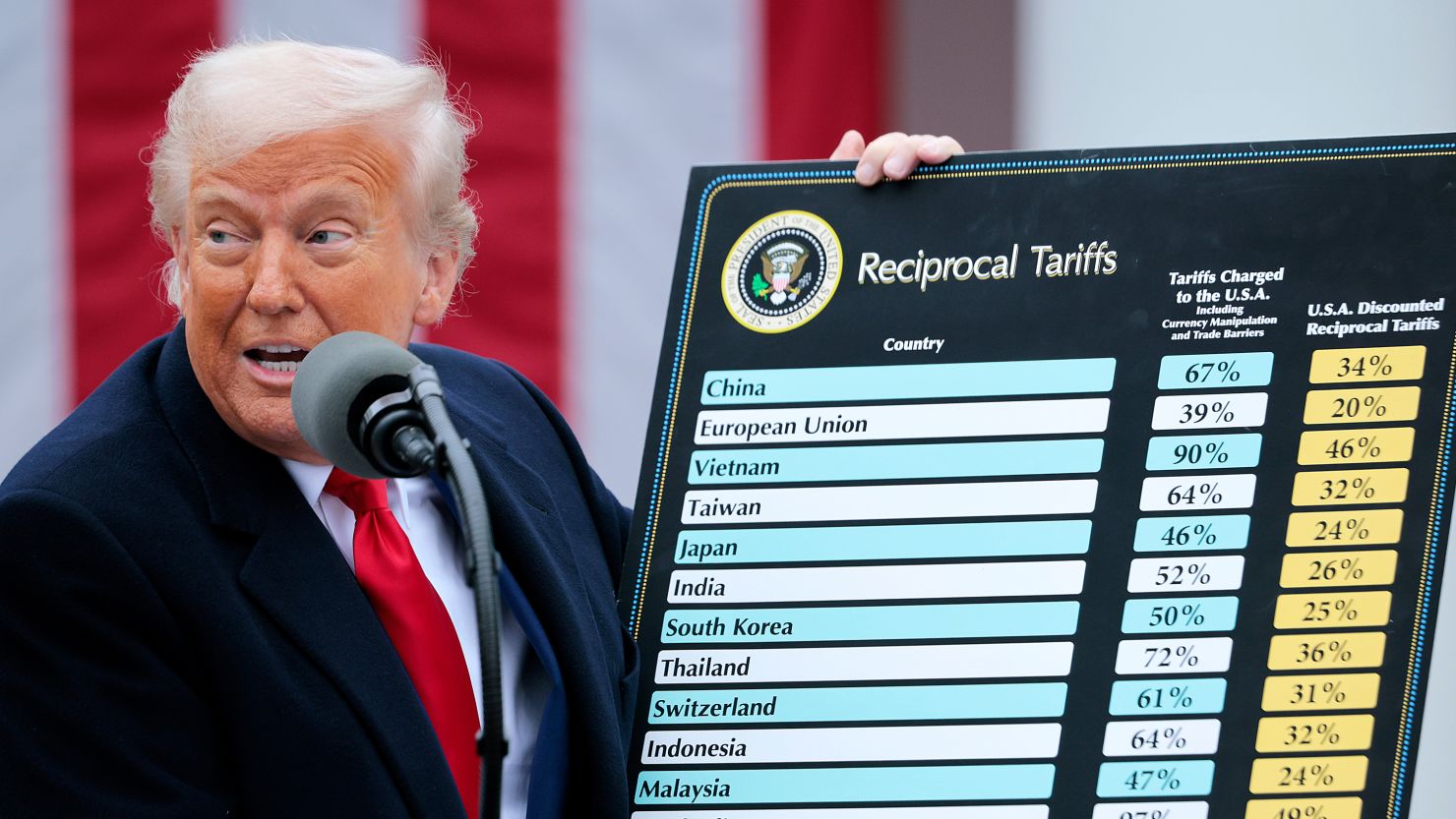
🦅 What Is a “Trump Trade” — And Why It’s Back (But Differen...
The term “Trump trade” first appeared in late 2016, right after Donald Trump won the U.S. presidential election.
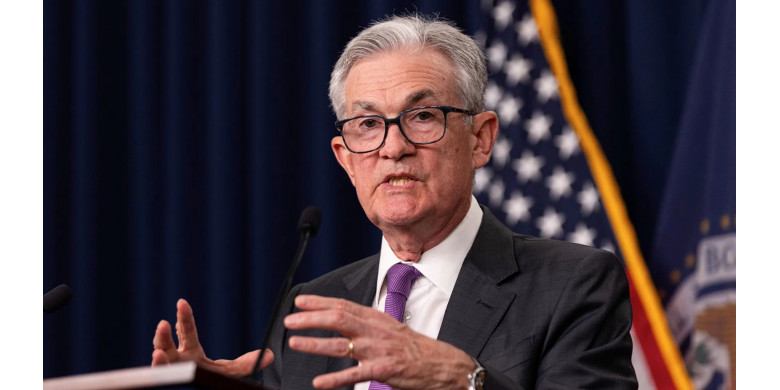
Federal Reserve Interest Rate Outlook: Possibility of a Doub...
As of October 27, 2025, the Federal Reserve's benchmark interest rate, the federal funds rate, is set at 4.1%. This foll...

Leveraged ETFs: How They Work, Their Risks, and Best Use Cas...
Leveraged ETFs are a complex financial instrument that can amplify returns for short-term trades but come with significa...
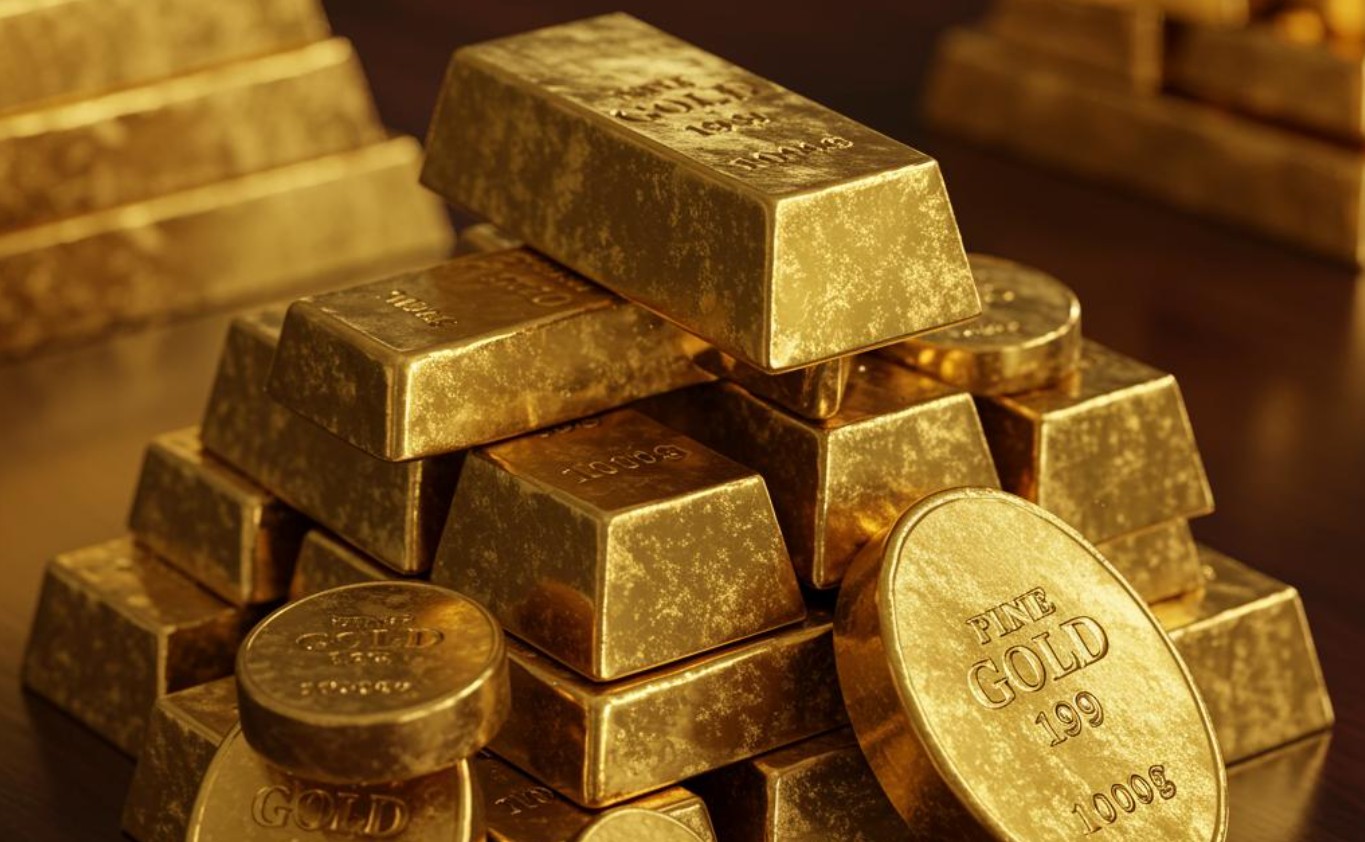
Why Is Gold Over $4,200 in 2025? Understanding the Surge in...
As of **October 16th, 2025**, gold has reached an unprecedented level — trading above **$4,200 per ounce**. This marks o...
Leave a Comment
Comments Policy
All comments are posted upon approval of the admin. We reserve the right to moderate or remove comments that violate our community guidelines.